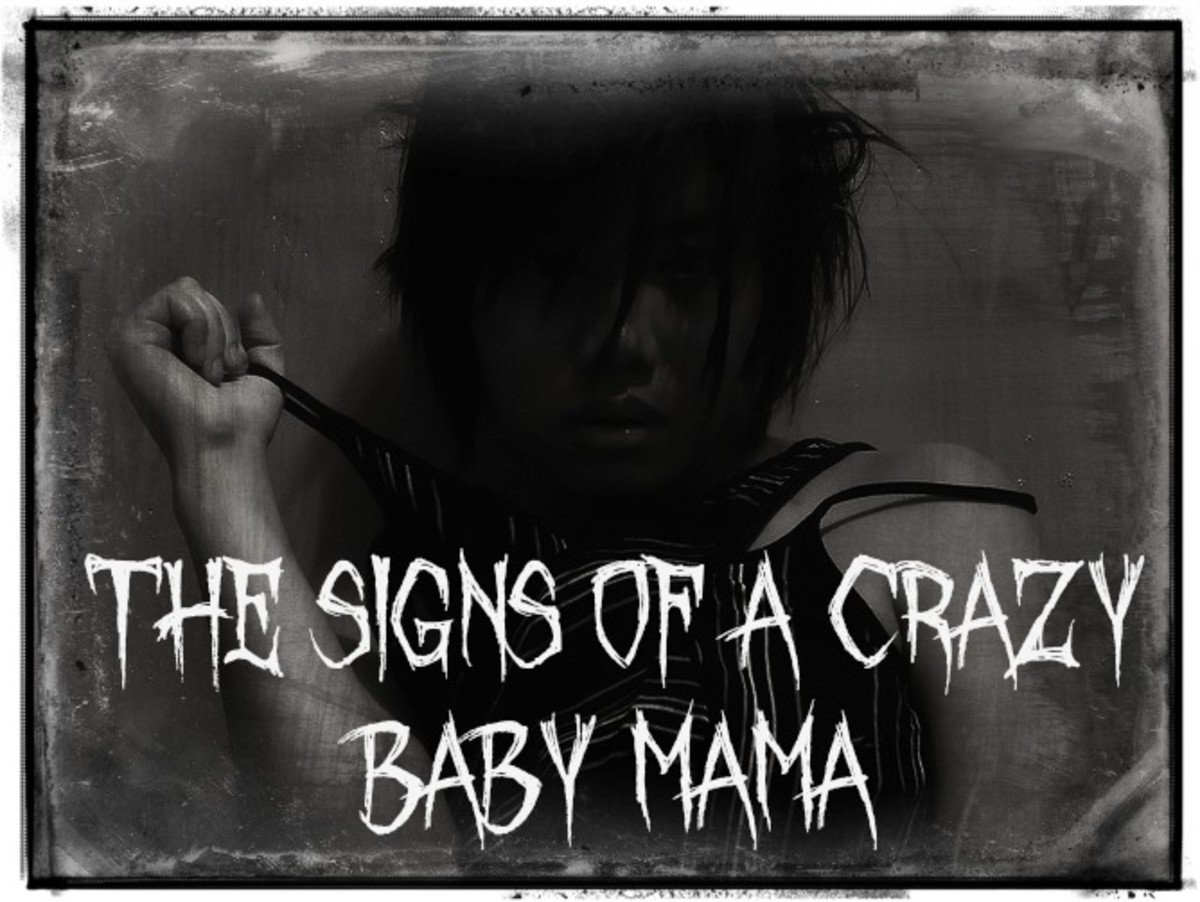How to Talk to Kids about Stranger Danger
Parents Need to Discuss Stranger Danger When Children are Young

Teaching Stranger Danger to Children
Most parents are very protective of their children, striving to keep them safe from dangerous toys and risky sports. However, many neglect to keep their children safe from a danger which is all too real … adults who may want to harm them.
As soon as children are old enough to attend pre-school or have frequent play dates in the homes of their friends, you should begin to talk to them about appropriate and inappropriate touching. Some psychologists suggest you should have the first discussion of this topic sometime between the ages of three and five. After the initial conversation, you should repeat it once or twice a year, especially when your children begin spending more and more time with other adults.
Tools to Help Teach Your Children about Strangers
For generations, many parents used the Grimm’s Fairy Tales as a way to bring up the subject of Stranger Danger. The stories of “Little Red Riding Hood” in which a little girl spoke with a strange wolf in the forest, or “Hansel and Gretel” in which children ate candy at a stranger’s house have long been used as terrifying tales to frighten children into good behavior. In fact, some historians believe these tales were originally told to children as a way to keep them close to home and away from strangers. In other words, they were intended to terrify children. Anyone who has ever read the original versions of these stories will know just how frightening they were.
However, today we realize that stories do not have to have violent endings or horrible creatures like wolves and witches in order to give children the information they need. Gentle stories, such as the short book, “The Parrot Trap: A Children’s Story,” can be very helpful in bringing up the subject of stranger way without terrifying your child.
One of the things I like about this particular book is that there are notes for parents at the end, including discussion questions and suggestions to help parents talk about Stranger Danger with their young children in an age appropriate way.
Although the children in "The Parrot Trap" eventually come to realize that they are in danger, nothing bad actually happens to them. No big bad wolf eats them; no witch throws them in an oven; no woodcutter threatens to cut out their heart. (What where they thinking when they wrote the Grimm's Fairy Tales, anyway?)
The milder tone of this book is intentional, because the goal is to discuss the topic without frightening your kids. Parents can talk about what the children in this story did right and what they could have done better. This story also had the advantage that you do not have to tell your children about the horrible things that could have happened to the kids in the book. Parents can simply say that the woman who tries to kidnap one of the children in the story may have just wanted to take him home to be her little boy. This is far kinder than "Hansel and Gretel" where the witch plans to eat them!
Another intentional aspect of this story is that the "stranger" who tries to abduct the little boy is not some scary man in a trench coat ... which is what many children imagine when they think of a stranger. Instead, the potential abductor is an attractive, young, friendly woman. Children need to learn to be cautious whenever they talk to a stranger, no matter what that person looks like.
Whatever books you choose to share with your child, a short story can be a useful tool in talking to your child about stranger danger. The important thing parents need to know is they can discuss these topics with their children in a thoughtful way which will help protect their children and empower them, without terrifying them.
"The Parrot Trap" was Written to Help Parents Start the Conversation

What to Say to Keep Kids Safe
When you discuss Stranger Danger with your children, what should you say to them? Here are some suggestions to get you started:
* Tell your children that strangers are not usually scary looking people. In fact, people who want to hurt them can seem nice at first.
* Let them know that no one has the right to touch them anywhere which would normally be covered by a swimsuit, except for their parents and doctor. If someone else does touch them, you want them to tell you.
* Tell your children that if they ever feel afraid or threatened by someone, they should run away, scream, say no, and tell you about the situation as soon as possible. Assure them that they will not get in trouble, even if it turns out the person was not really trying to hurt them. Better safe than sorry!
* Let them know how much you love them and you want to hear about the scary things that happen so you can talk about the situation together. They won’t get in trouble for being honest with you.
As always, reassure your children that you love them and want to keep them safe. This will help them feel secure and loved, no matter what happens.
This content is accurate and true to the best of the author’s knowledge and is not meant to substitute for formal and individualized advice from a qualified professional.
© 2012 Deborah-Diane






